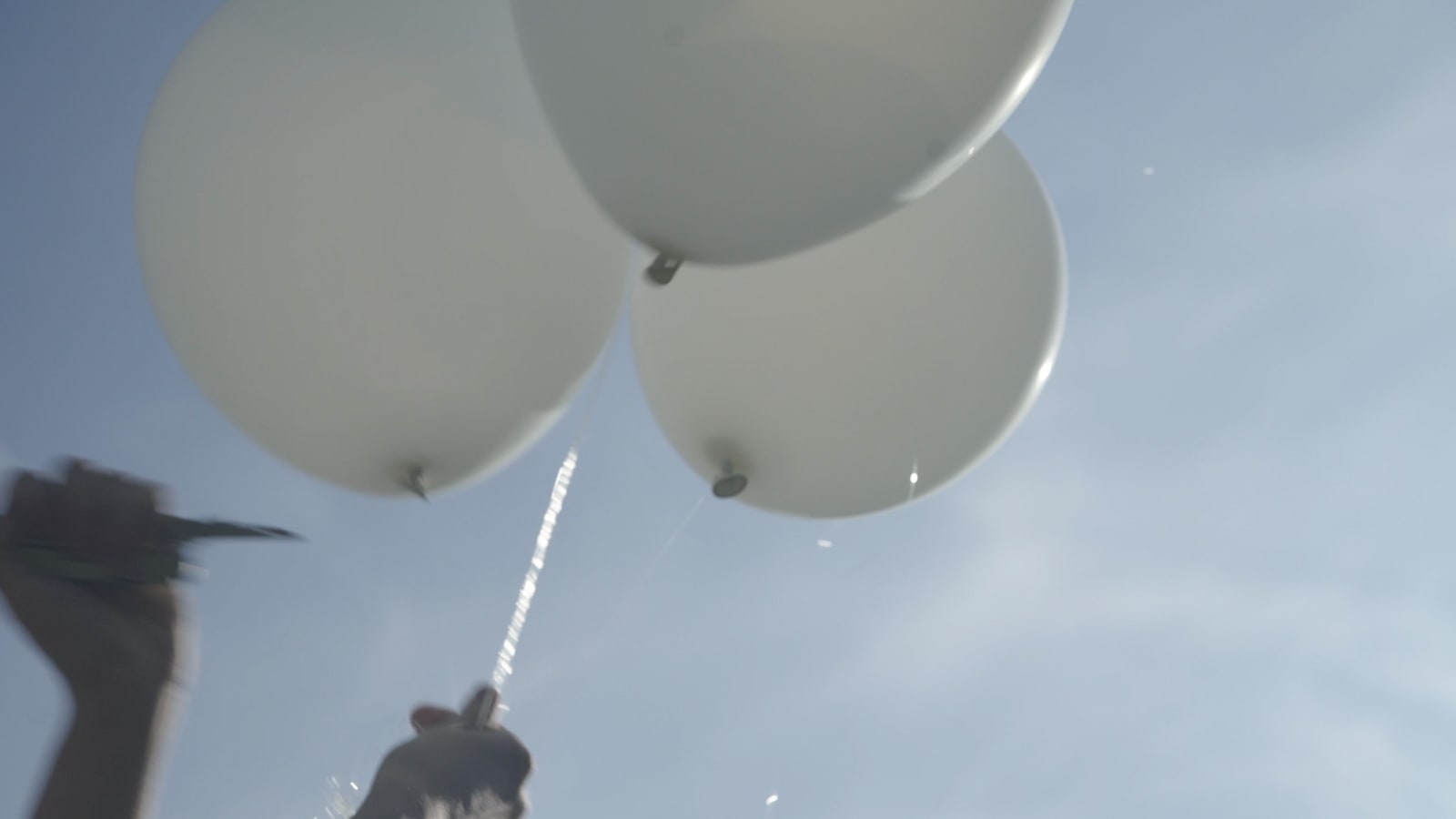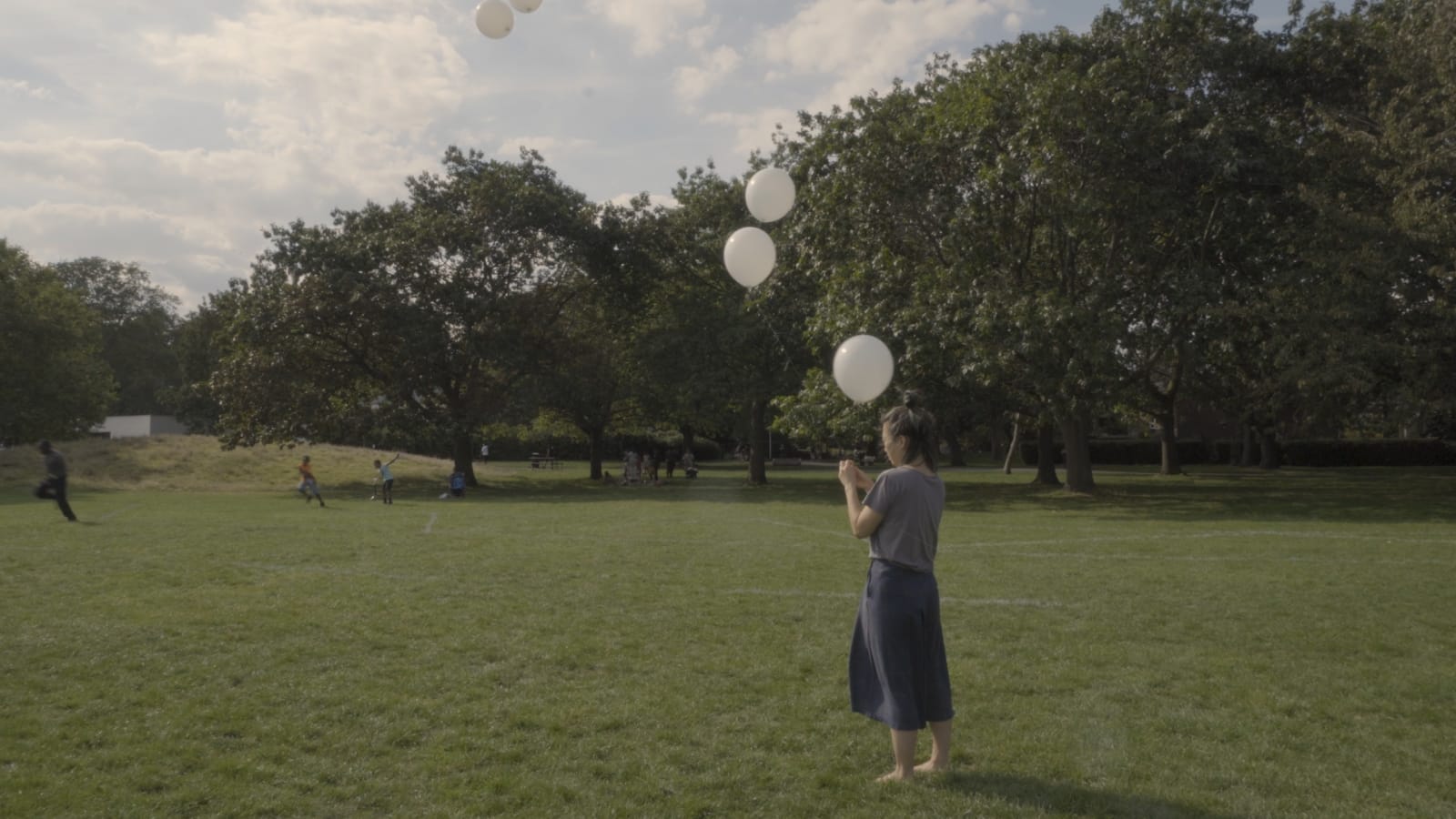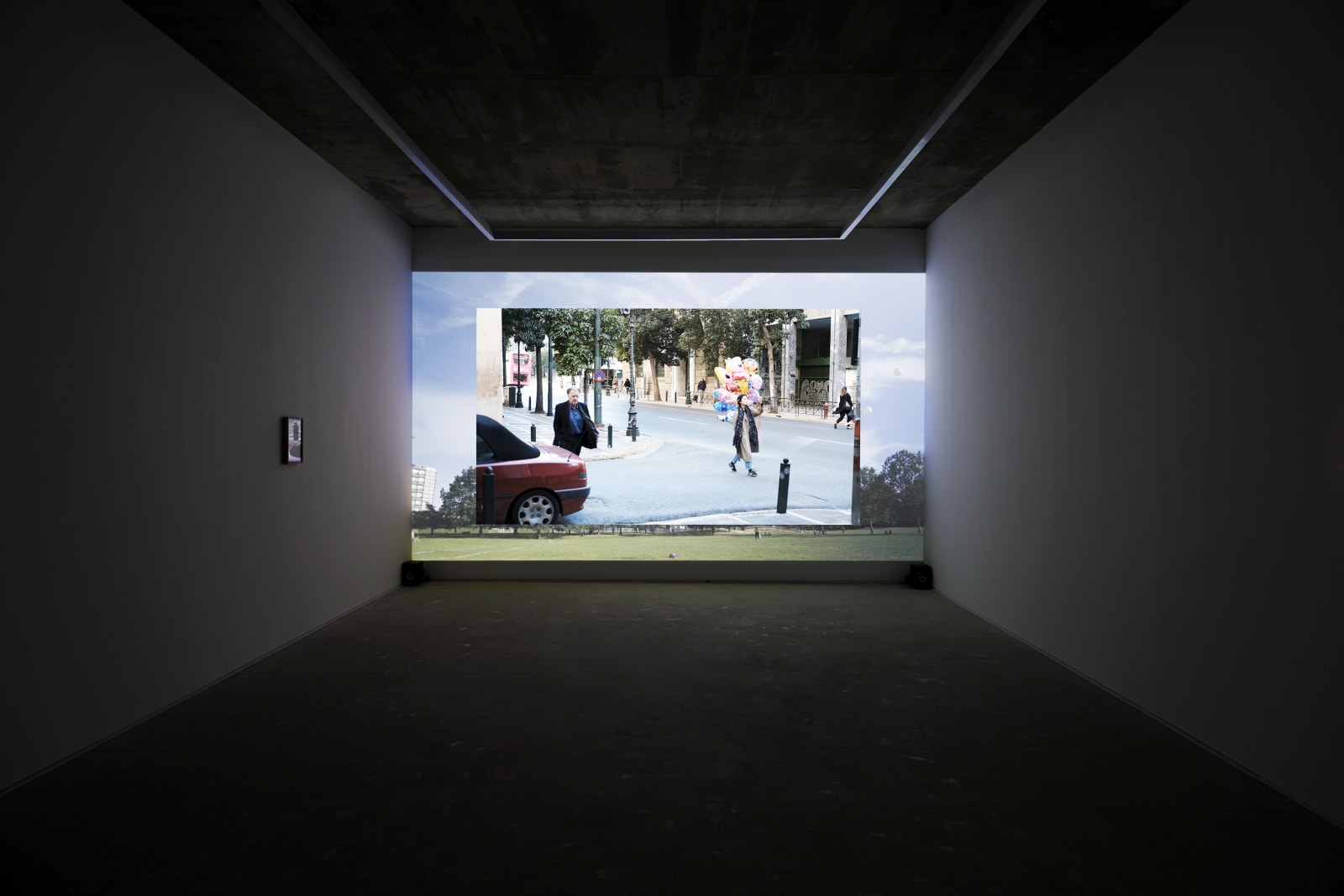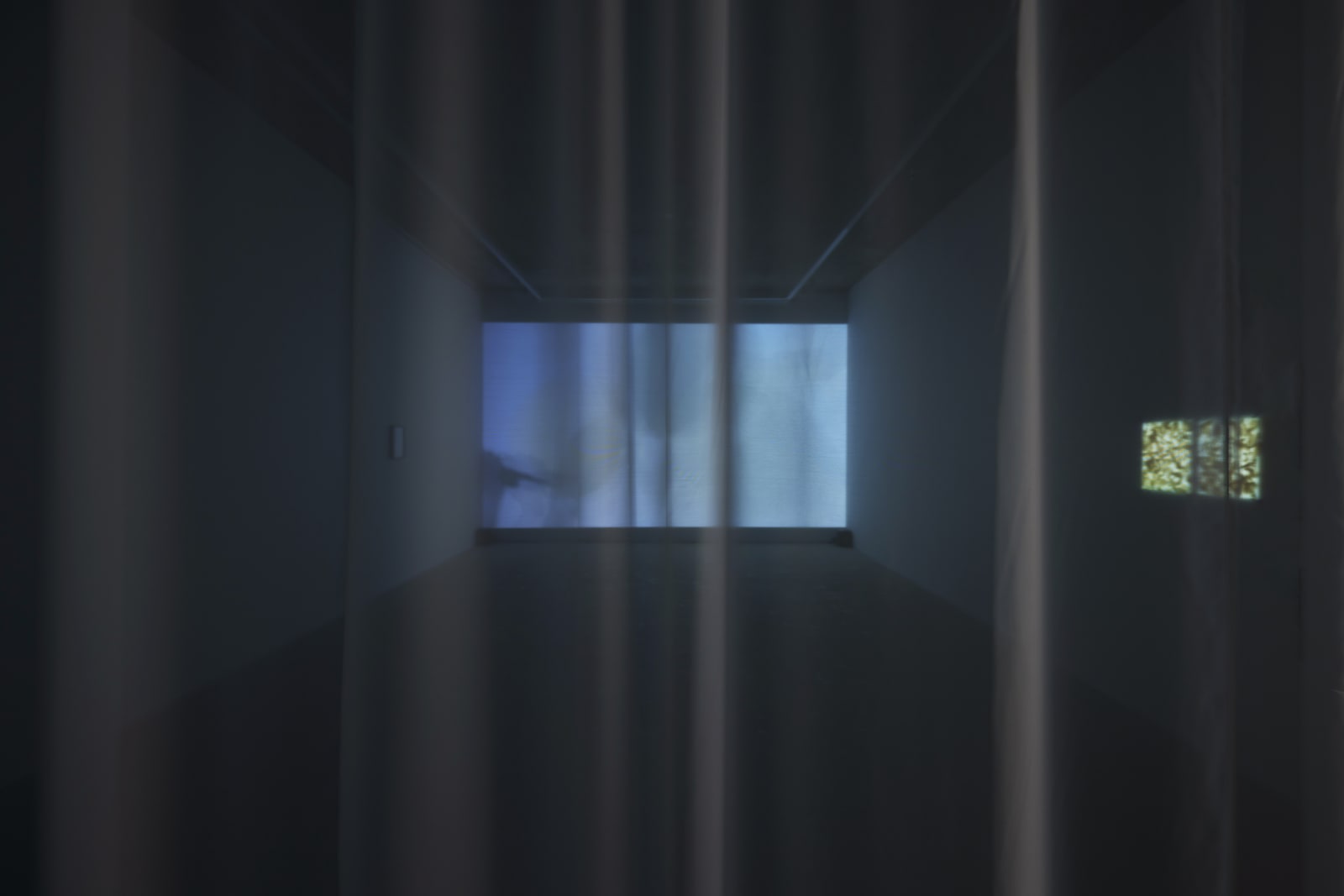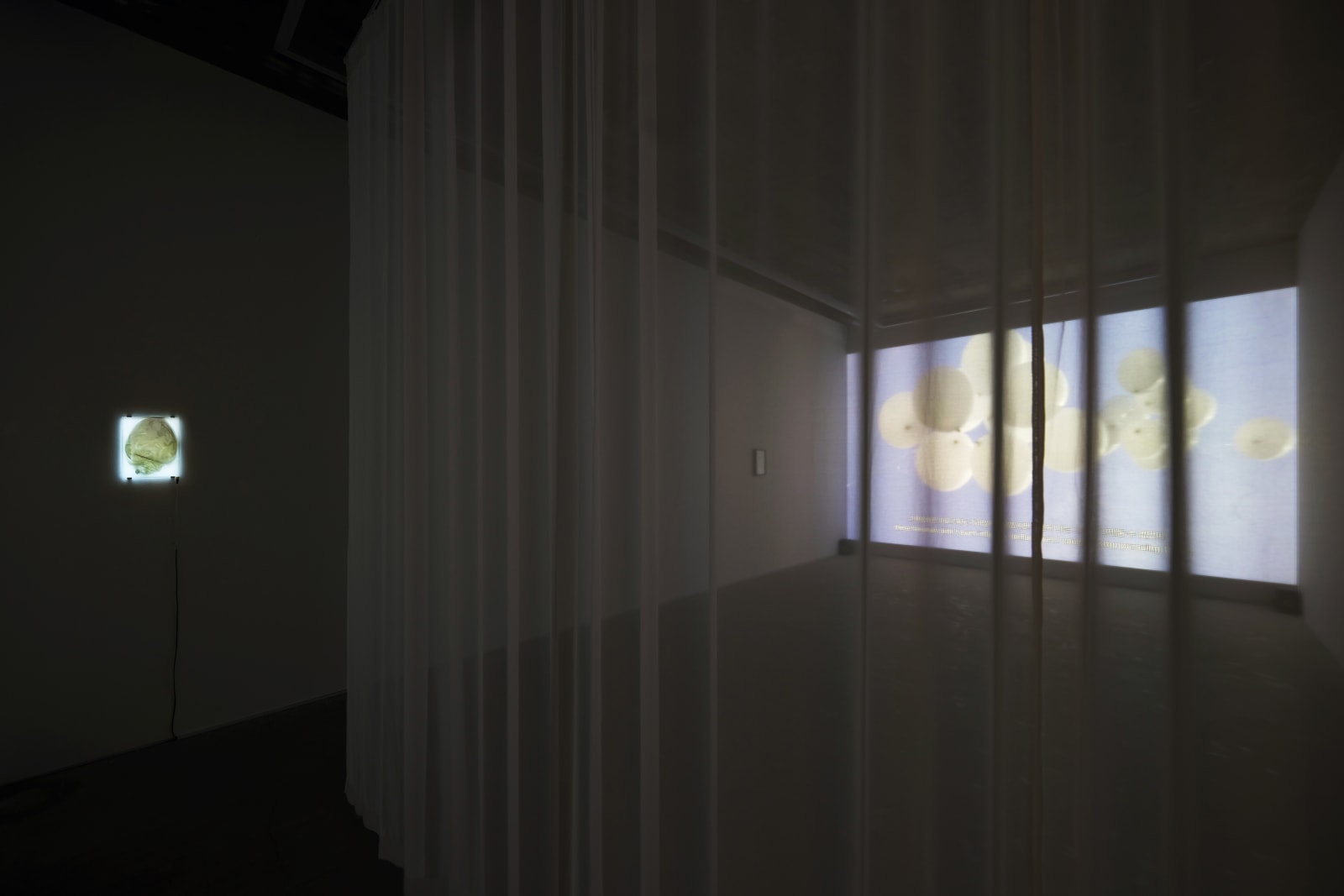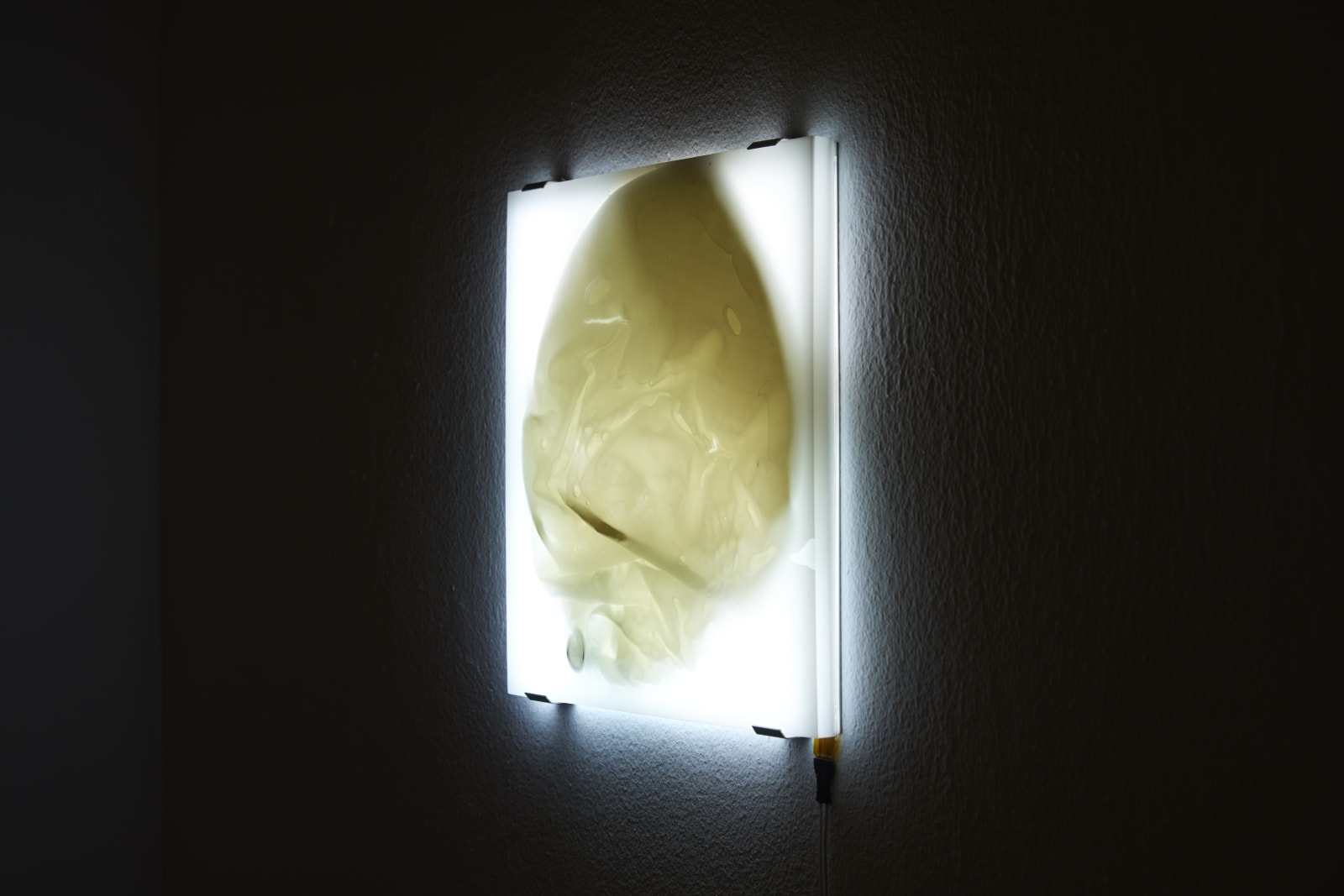이미 새어버린 Already Deflated: 최수현 Soohyun Choi
Artist’s Breath(1960), created by the Italian artist Piero Manzoni who led the Arte Povera and Conceptual Art movement, is a thought-provoking artwork that informs the viewing of Soohyun Choi’s latest exhibition. It comprises a deflated red balloon and a string attached to a wooden base, complete with a small metal plaque bearing the artist's name and the title of the work. Manzoni said, "When I blow up a balloon, I am breathing my soul into an object that thus becomes eternal." However, with the passage of time, these balloons have deflated, decomposed into mere scraps, and are far from eternal. The value of the balloons, exhausted of the very breath that once infused them with significance, has transformed into a humorous paradox.
Manzoni’s charismatic fetishization and commodification of his own bodily substances are intrinsically tied to his personal experiences, deeply marked by the tragedy of the Second World War and a profound sense of failure stemming from that historic catastrophe. Consequently, the deflated balloons evoke both drollery and pathos. It is in this context that Soohyun Choi's work draws inspiration from Manzoni's audacious act of selling what cannot be sold: his breath. She revisits this idea and explores how it can be reinterpreted in current contemporary art. Her works delve into states of art that no longer encapsulate the original spirit or form, yet persist as components of art, albeit with an ironic twist.
What lingers of Manzoni’s breath, as encapsulated in Fiato d'Artista (Artist’s Breath), more than sixty years after its initial presentation? The answer lies in the fact that the questions raised then remain as pertinent as ever. Perhaps the breath Manzoni instilled into these balloons will haunt art institutions for as long as art endures. Matters of consumption, amusement, and distribution are eternally relevant in the creation of artwork, extending to works inherently volatile or prone to immediate destruction. Artists are compelled to grapple with these philosophical yet undeniably real concerns in their creative endeavors.
Soohyun Choi's artistic vision is deeply rooted in her first-person experiences, touching upon cultural identity, race, gender, and language as themes in her previous work. She perceives art and life as inseparable, where matters of consumption and distribution in the appreciation and institution of art mirror the essence of the very life that she has experienced herself.
Already Deflated serves as a fitting title for the video installation, drawing inspiration from Manzoni's Artist’s Breath As the name suggests, the balloon was merely the vessel for the artist's breath, but in the end, all that remained were the tattered remnants of the balloon. Regardless of how art evolves into dematerialized forms, it continues to resonate with viewers through photographs, videos, textual records, and tangible objects that perpetuate its existence. Even art that disavows commercialization and seeks dematerialization becomes absorbed by the art market. Soohyun Choi acknowledges this reality as she embarks on her creative journey. Manzoni’s work was the first thought that crossed her mind when the exhibition was scheduled with the gallery. While Manzoni's balloon works contained "the artist’s breath," Soohyun Choi’s balloons are sold with that breath having already exhausted.
Already Deflated commences with a scene where balloons are inflated with gas and set afloat over a park in London. In the midst of this narrative, Choi’s 2017 video work, Balls and Balloons makes its appearance. Although Manzoni provided the initial inspiration, Choi's contemplation shifted towards her prior works that also featured balloons. Balls and Balloons was filmed in Athens, where she purchased all the balloons from a vendor, relieving him of a day’s labor while she embraced the role herself. As Choi wandered through downtown Athens, clutching a bouquet of balloons, she grappled with a profound question: was she a balloon vendor diligently plying her trade, or was she an artist? This query was poised to delve into the essence and value of creative activity, often referred to as an artist’s labor.
These futile actions and the symbolism of balloons in her works offer a closer examination of the artist’s labor, the value of artistic creation, and the intricate relationship between art and capital. Balloons hold significant meaning in this context, serving as physical representations of human desire and the fantastical promises of art. While Choi saw these balloons as fares to fantasy, the balloon vendors in Athens toiled under the scorching Mediterranean sun, adding depth to the artist's reflection.
The objects featured in After Deflation and Recasted Pieces are crafted from the remnants of the balloons showcased in the video. Unlike Manzoni who considered the balloon itself as art, Choi discarded her balloons from 2017. However, in her latest exhibition, she transformed retired balloons into three-dimensional works of art. By solidifying them with poured resin, she ensured that these balloon objects would endure despite the breath that had long departed. Objects of such enduring permanence could be readily traded within the art market. For the artist, this endeavor was both a playful exploration and a formidable challenge.
A Mail from Tate comprises a letter from Tate Modern. Choi had previously expressed her interest in viewing Fiato d'Artista in person, from the permanent collection of Tate Modern. She penned a request for a private viewing, only to have it denied due to the 'potential risk posed to individual items and the work as a whole.' In fact, the artist had initially planned her video work with the expectation that Manzoni’s work would be available for viewing. The denial of this request was met with astonishment, though she ultimately came to terms with the fact that the balloon would forever remain out of her reach.
In no few words, Soohyun Choi poses questions to her audience, offering no definitive answers. The absence of such answers is what elevates these questions into the realm of creative work. Her unceasing curiosity and her unsettled perspectives on life are at the deepest foundations of her artistic journey. Her art explores what can and cannot be seen, what matters and what does not, what is lost and what endures, and the blurred boundaries between the real and the fantastical, all presented in a circular structure that weaves between extremes. According to Choi, it all matters. Her art is a testament to the artist's creative spirit, characterized by countless failures and daring attempts, a blend of both tragedy and comedy.
Written by Sooyoun Joun





